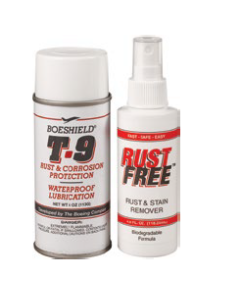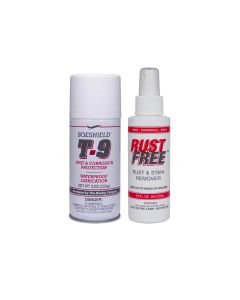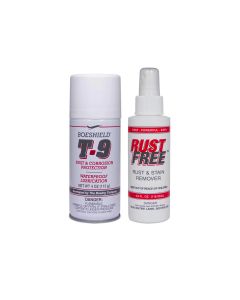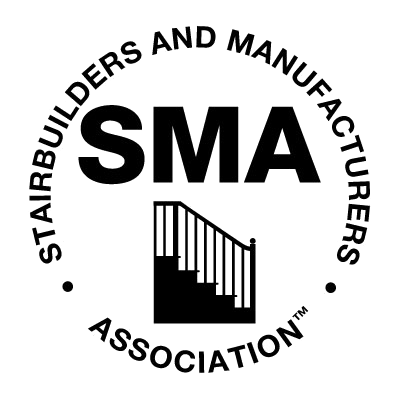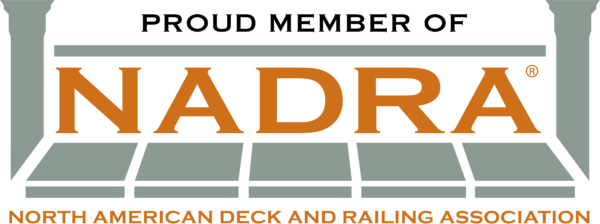
Stainless Steel Care & Maintenance
The key point to keep in mind with stainless steel is that it is stain “less” but not completely corrosion-proof, as is commonly thought. In most applications stainless steel won’t rust or stain even after many years of service, but itis NOT rust or stain proof. When stainless steel comes in contact with chloride salts, sulfides or other rusting metals, it can discolor or even rust and corrode.
Proper cleaning must always be done immediately after installation and some form of routine cleaning is necessary to preserve the appearance and integrity of the surface. Properly maintained stainless steel provides excellent luster, strength and durability.
Performance, beauty and long life
Stainless steel offers long life and requires far less cleaning and maintenance than most construction materials.
Provided the grade of stainless steel and the surface finish are correctly selected, and cleaning schedules are carried out on a regular basis, then good performance and long service life are assured.
To learn more about stainless steel characteristics and environmental and site conditions that affect the risk of corrosion and can impact the performance of stainless steel, refer to the Metal Usage Guide.
Stainless steel is protected from corrosion by a thin layer of chromium oxide. Oxygen from the atmosphere combines with the chromium in the stainless steel to form this passive chromium oxide film that protects from further corrosion. Any contamination of the surface by dirt or other materials hinders this passivation process and traps corrosive agents thereby reducing corrosion protection. Therefore, some form of routine cleaning is necessary to preserve the appearance and integrity of the surface.
To learn more about stainless steel characteristics and environmental and site conditions that affect the risk of corrosion and can impact the performance of stainless steel, refer to the Metal Usage Guide.
| Contaminant | Precaution | Treatment |
|---|---|---|
| Dirt | These contaminants will vary greatly in their effect on appearance and corrosivity and ease of removal; it may be necessary to experiment with various cleaners |
|
| Fingerprints and Stains | Fingerprints and mild stains resulting from normal use usually affect only appearance and seldom have an effect on corrosion resistance |
|
| Shop Oil and Grease | Shop oils may carry grease, grit and metal chips and may be corrosive or may not allow the surface to maintain passivity |
|
For Optimal Results
It is important to completely remove any cleaning solution post-cleaning. The cleaned surface should be thoroughly
rinsed with clean water and wiped dry with a soft cloth. Scratching and corrosion can result if this is not done.
Stainless steel can remain beautiful and functional for years to come, even when it is exposed to marine environments, polluted surroundings, salted highways, or anywhere it might be exposed to corrosive elements. Proper cleaning must always be done immediately after installation, therefore it is important for the installer to become familiar with the various practices for cleaning stainless steel.
The cleaning methods described include those for removing free-iron contamination on stainless steel surfaces that may be from metalworking tools; and for removing general accumulation of dirt, grime and surface stains that occur during normal handling and exposure to the elements.
Scratching can occur on bright mirror finishes by using cleaners that contain hard abrasives, or even by grit in wash water. This is typically not a problem on dull finishes or those surfaces finished with a coarse polishing grit. The best preventative measure is to avoid using abrasive cleaners unless absolutely necessary.
When abrasives are needed, first experiment on an inconspicuous area and note that highly polished finishes can be permanently damaged. A soft abrasive such as pumice, should be used.
Many cleaners contain corrosive ingredients which require thorough post-clean rinsing with clean water; however, thorough rinsing is recommended for all cleaning procedures.
Stainless steel can be easily cleaned with many different methods. It actually thrives with frequent cleaning, and unlike some other materials, it is impossible to wear out stainless steel with excessive cleaning.
Cleaner | Description | Method |
|---|---|---|
| Water | The simplest, safest, and least costly method that will adequately do the job is always the best method | Soft cloth and clean warm water followed by final rinse with clean water and wipe dry |
| Solvent | The preferred solvent is one that does not contain chlorine, such as acetone, methyl alcohol, and mineral spirits | Wipe with solvent impregnated cloths |
| Household Cleaners | Categories:
Labels that state “for stainless steel” are no guarantee the product is non abrasive, non acidic, or low in chloride | Apply to stainless surface. Follow with cloth wiping, OR wipe directly with a cleaner-impregnated soft cloth |
| Commercial Cleaners | Commercial cleaners compounded from phosphates, synthetic detergents, and alkalis are available for cleaning severely soiled or stained stainless surfaces | Consult manufacturers and follow recommendations whenever using cleaners of this kind General precautions for all other cleaners also apply |
The level of cleaning required to keep stainless steel attractive in any given environment is determined by the stainless steel grade, finish, location, design, and owner's aesthetic requirements.
Stainless steels offer long life and require far less cleaning and maintenance than most materials. Provided the grade of stainless steel appropriate for the service environment is selected, it has been polished correctly and cleaning schedules are carried out on a regular basis, good performance and long service life are assured.
Follow these guidelines to ensure you enjoy your stainless steel railing for many years to come!
During Installation
- Keep your stainless steel components properly packaged during storage and installation. This will provide a greater assurance of optimum corrosion resistance. Leave the protective wrapping supplied by the manufacturer in place until installation is complete.
- Handle stainless steel with clean gloves or cloths to guard against stains or finger marks.
- Clean your stainless steel railing thoroughly after initial installation with a soft cloth, warm water and household soap (such as dish soap). Rinse thoroughly with fresh water and dry wipe to remove the possibility of water stains. You can follow with a protective cleaner.
Regular Maintenance
- Continue to clean stainless steel regularly with soap and warm water. Never clean with mineral acids or bleaches. The frequency of cleaning can be determined by; a) if the railing or stainless steel components looks dirty; b) if you wish to restore it to its original appearance. A good rule of thumb is to clean it when you clean other adjacent surfaces (such as a deck).
- Always remove stains or rust spots as soon as possible with either soap and water or a solvent.
Precautions
- Avoid the use of oily rags or greasy cloths when wiping the surface.
- Never leave stainless steel in contact with iron, steel or other metals. This can cause rust spots or corrosion.
- Never use coarse abrasives like sandpaper or steel wool on stainless steel. Use synthetic pads such as Scotch Brite™ instead.
- On polished finishes, rubbing or wiping should be done in the direction of the polish lines (or grain direction), NOT across them.
Disclaimer
The information in the Stainless Steel Care and Maintenance page is indicative only and as such is not to be relied upon in place of the full specification. In particular,mechanical property requirements vary widely with temper, product and product dimensions. All information is based on our present knowledge and is given in goodfaith. No liability will be accepted by Geo. Bezdan Sales Ltd. (the Company) in respect of any action taken by any third party in reliance thereon.
The information provided in the Stainless Steel Care and Maintenance page has been drawn from various recognized sources, including EN Standards, recognized industry references (printed & online) and manufacturers’ data. No guarantee is given that the information is from the latest issue of those sources or about the accuracy of those sources.
Material supplied by the Company may vary significantly from source data, but will conform to all relevant and applicable standards. As the products detailed may be used for a wide variety of purposes and as the Company has no control over their use; the Company specifically excludes all conditions or warranties expressed or implied by statute or otherwise as to dimensions, properties and/or fitness for any particular purpose, whether expressed or implied.
Advice given by the Company to any third party is given for that party’s assistance only and without liability on the part of the Company. All transactions are subject to the Company’s current Terms and Conditions of sale.



